After leaving Calumet, Tom and I headed up to Eagle Harbor. We wanted to see the Eagle Harbor Lighthouse, one of the partner sites for the Keweenaw National Heritage Park. We had already seen a bunch of lighthouses, so we weren’t expecting much. But the site exceeded our expectations and became one of our favorite places on the trip.
The Eagle Harbor Lighthouse and Museums are run by the Keweenaw County Historical Society. Keweenaw County encompasses the entire peninsula, so it is very large. The Historical Society runs 11 historical sites and museums with the help of a large group of volunteers. One of those volunteers, Tom, gave us an introduction to the Eagle Harbor site. Tom told us we could walk around the grounds for free, or we could go in four museums, including the lighthouse, for the low, low price of only $8 per person. He gave us a money-back guarantee. He was so enthusiastic that we gladly paid the entrance fee to see the museums and we are very glad we did.
Although the Eagle Harbor site is not large, the four buildings on the site have different museum exhibits in each. We started with the Commercial Fishing Museum and saw tools that fisherman used on Lake Superior. Tom was especially amused by a Finnish Commercial on fishing in Lake Superior.
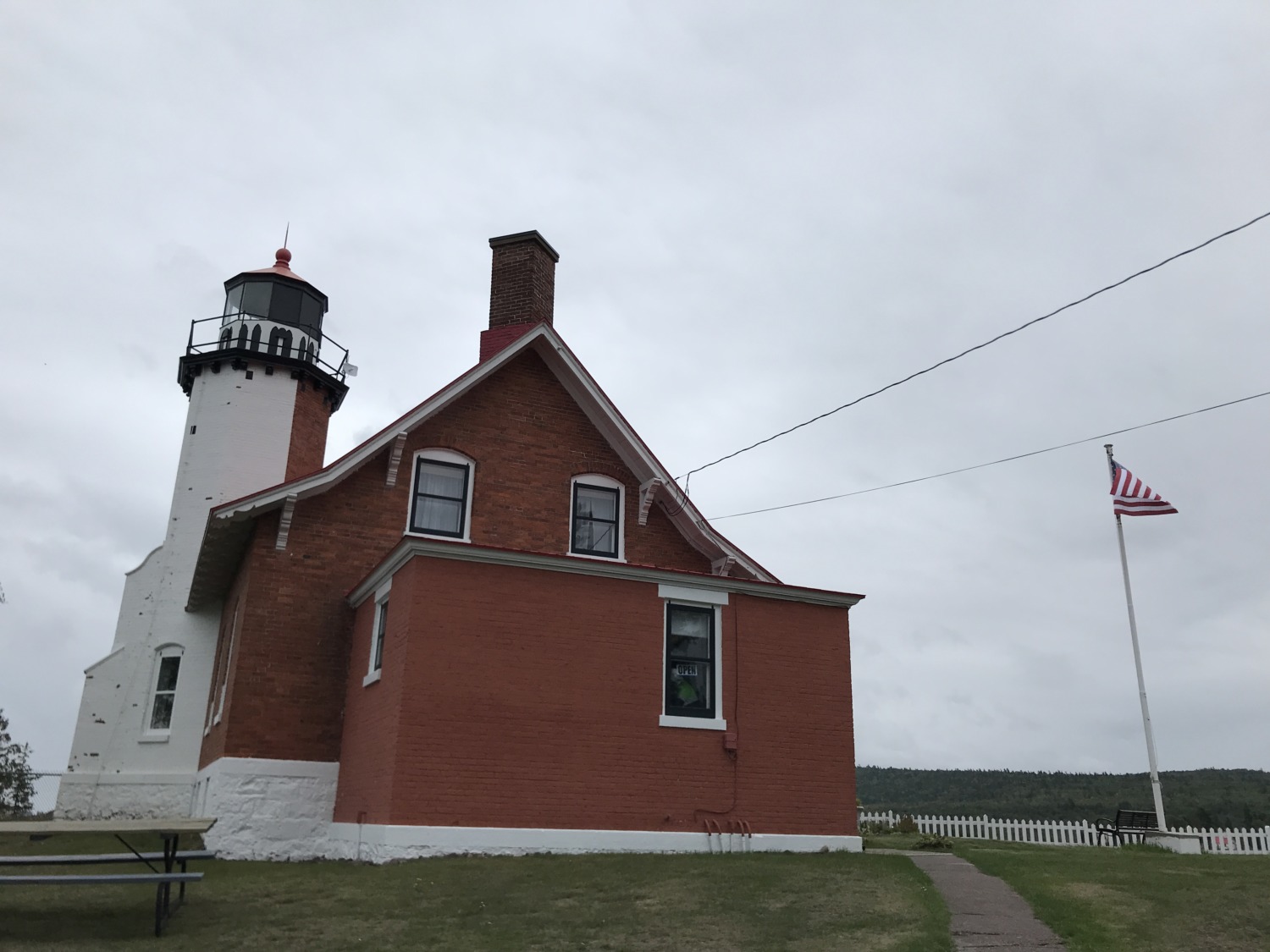
The lighthouse was built in 1871 and was set up as it would have looked around the turn of the century. I was particularly impressed by all the pictures of the place in the winter. Keepers lived there year-round, even though there wasn’t any shipping in the winter. The light tower held a fourth-order Fresnel lens, although we were not able to go up to the tower. The US Coast Guard continues to operate the light, but lighthouse ownership was transferred to the Historical Society in 1999.
The Maritime Museum is housed in the old fog horn building. The museum had an interesting assortment of information and displays.
The final museum on the site is the Keweenaw History Museum, housed in the former Coast Guard garage. Tom and I were especially fascinated by the display on wreck of the “City of Bangor.” This was an early automobile carrier. It set out from Detroit with 248 Chrysler cars and got trapped in the ice off Eagle Harbor on November 30, 1926. The ice crushed the hull, but before it did, residents were able to offload most of the cars. The ship was a total loss, but 202 of the cars were driven back to Detroit in the spring when the roads were clear.
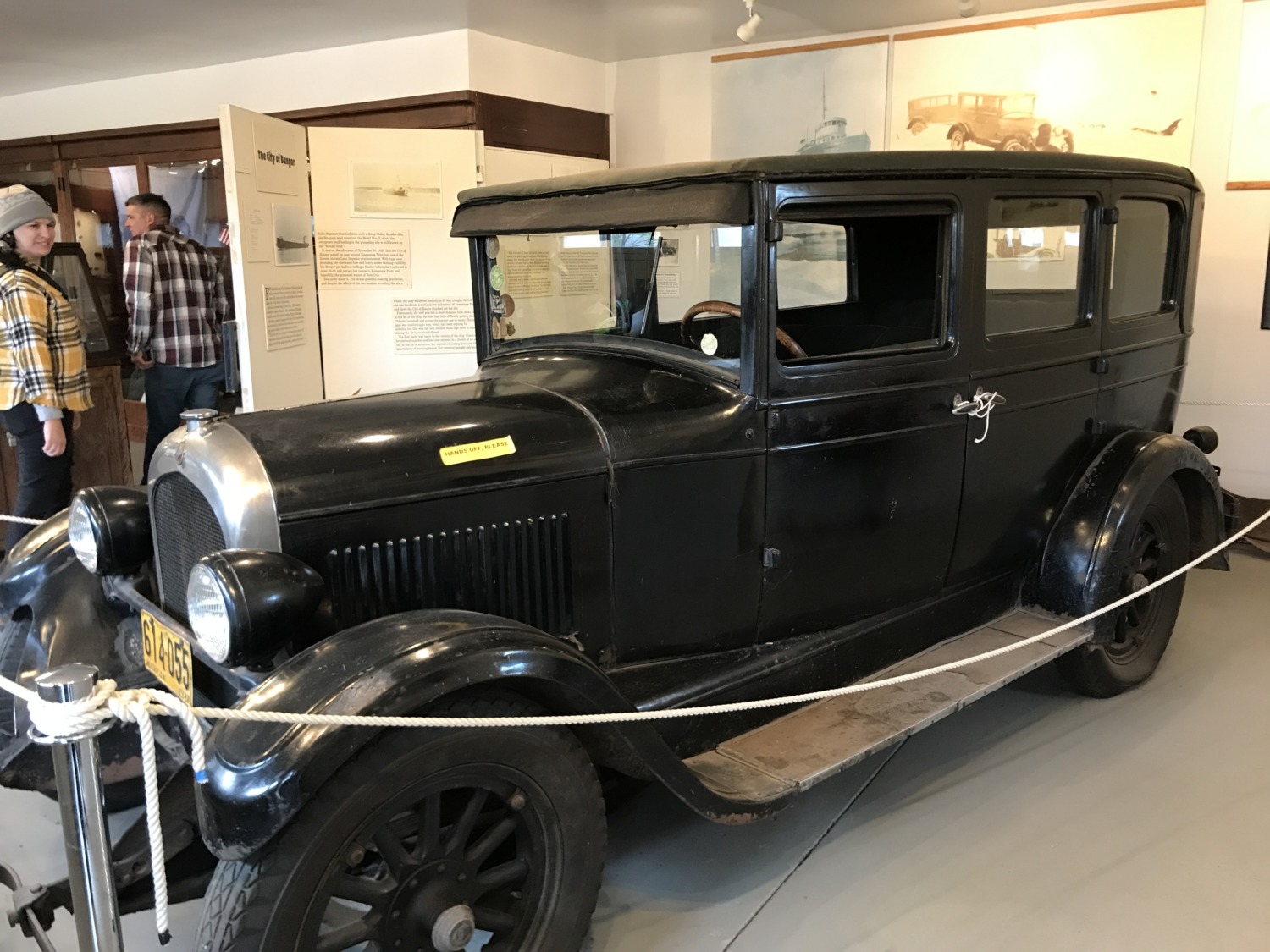
We enjoyed the four museum buildings so much that we had to go back and tell Tom, the volunteer, that we were not interested in getting our money back. We talked to him for a couple of minutes and thanked him for his enthusiastic service to the Eagle Harbor Lighthouse and Museums. I asked him if he lived in the Keweenaw Peninsula year-round.
“No,” he replied. “My wife and I have a cabin up here, but we go south for the winter.”
“Where do you live in the winter?” I asked.
“Green Bay.”
We laughed about that response, because Green Bay is still pretty far north. It would not be far enough south for me in the winter!
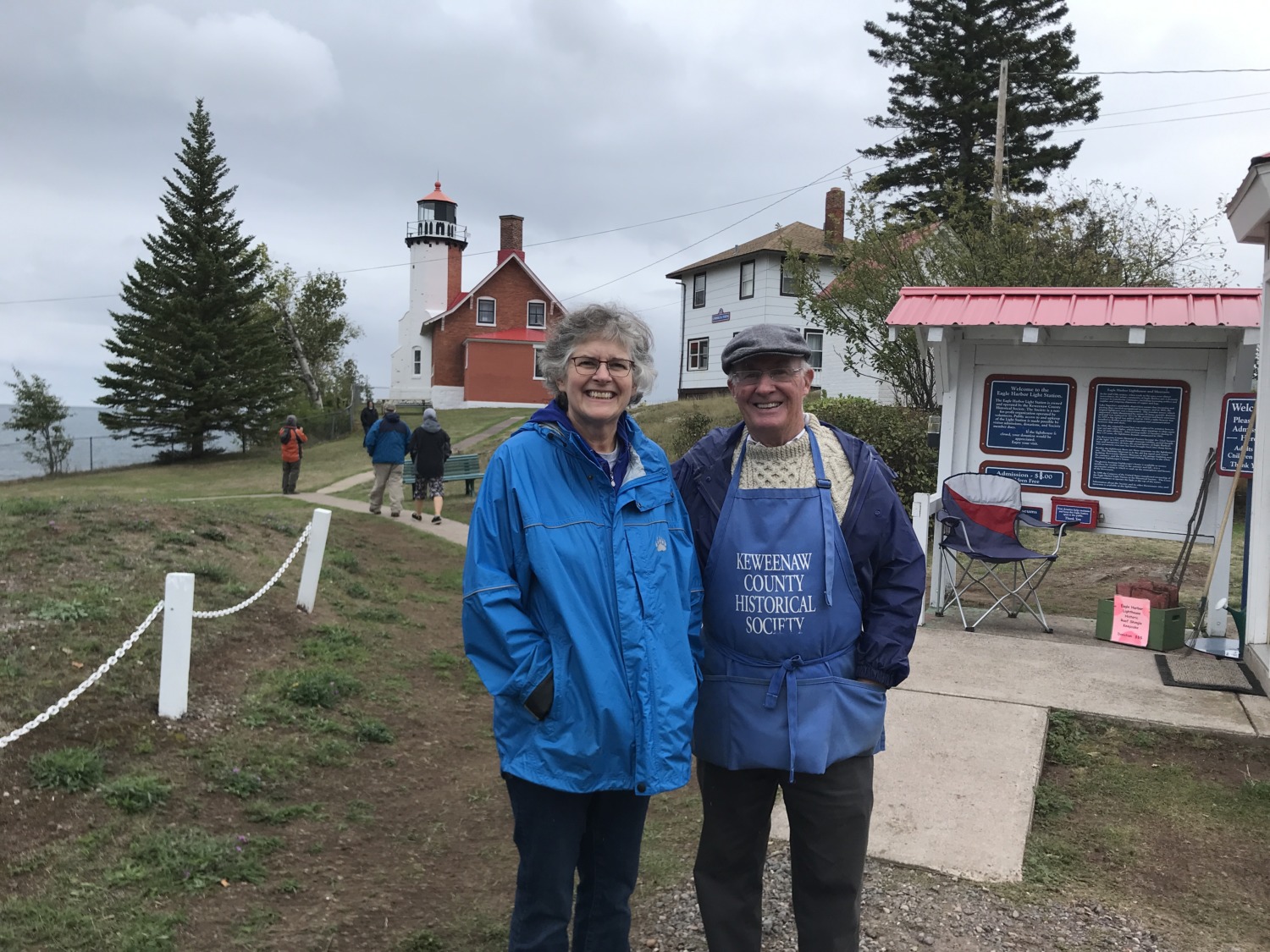
The Eagle Harbor Lighthouse and Museums are open from 10 to 5 everyday from early June through the first week of October. They are closed the rest of the year. Although the lighthouse is remote, there was a steady stream of visitors on the day we went. Their website warns that the parking lot is too small for larger RVs, but we didn’t have any trouble with our 27-foot motorhome.

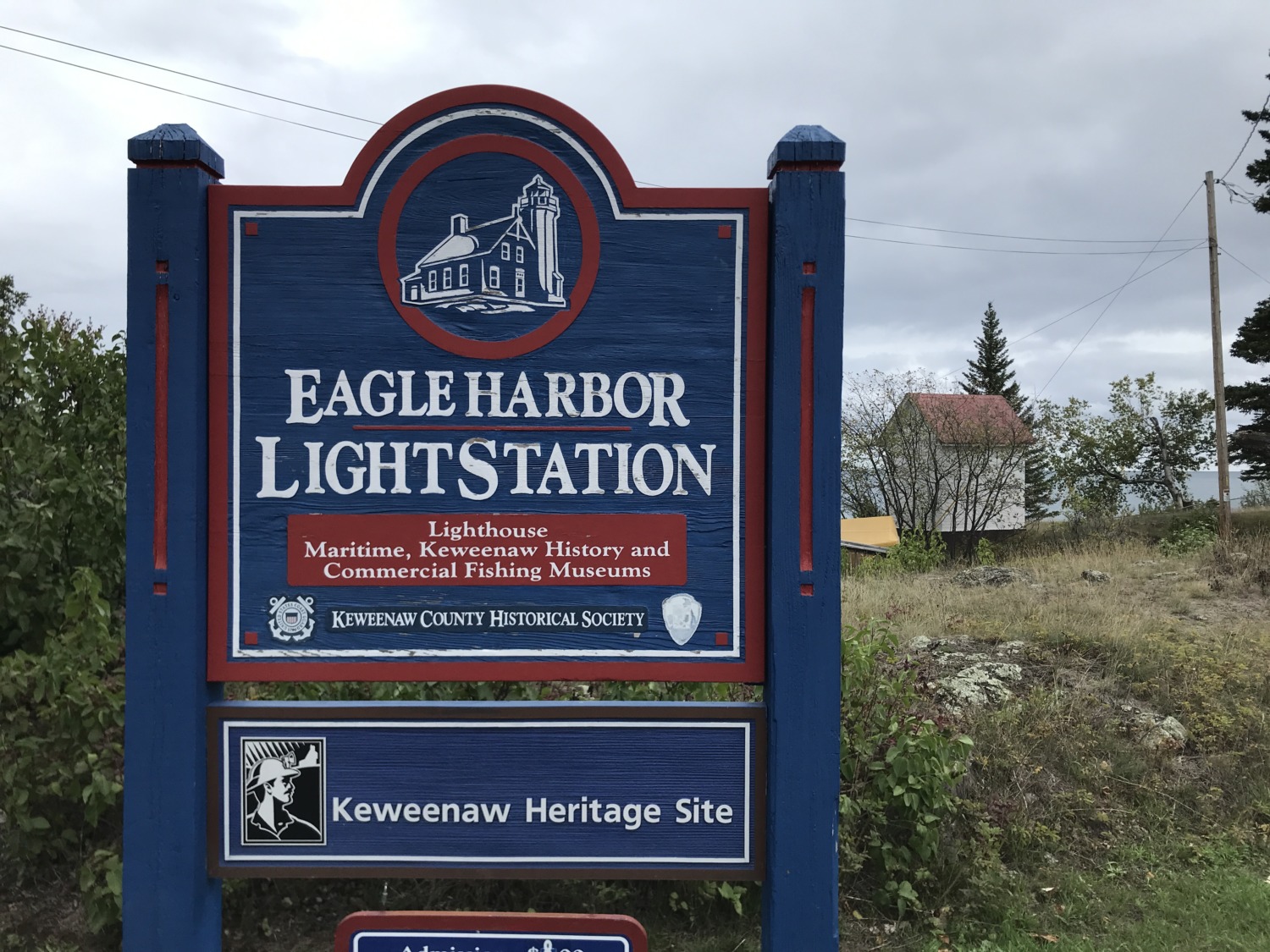
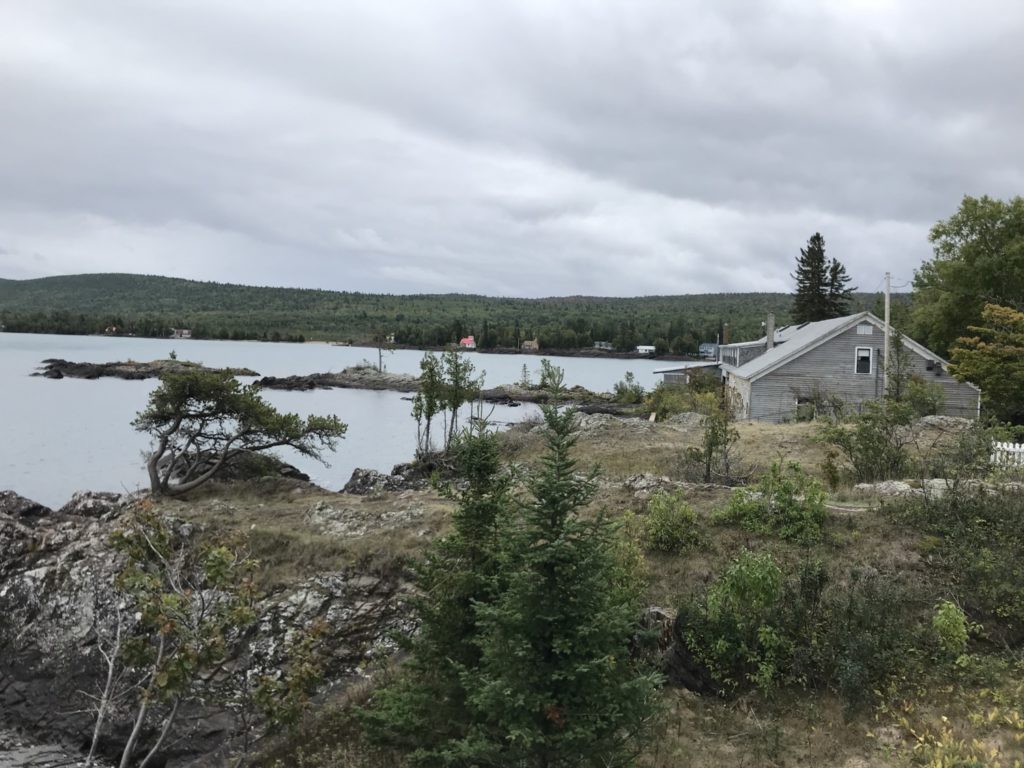
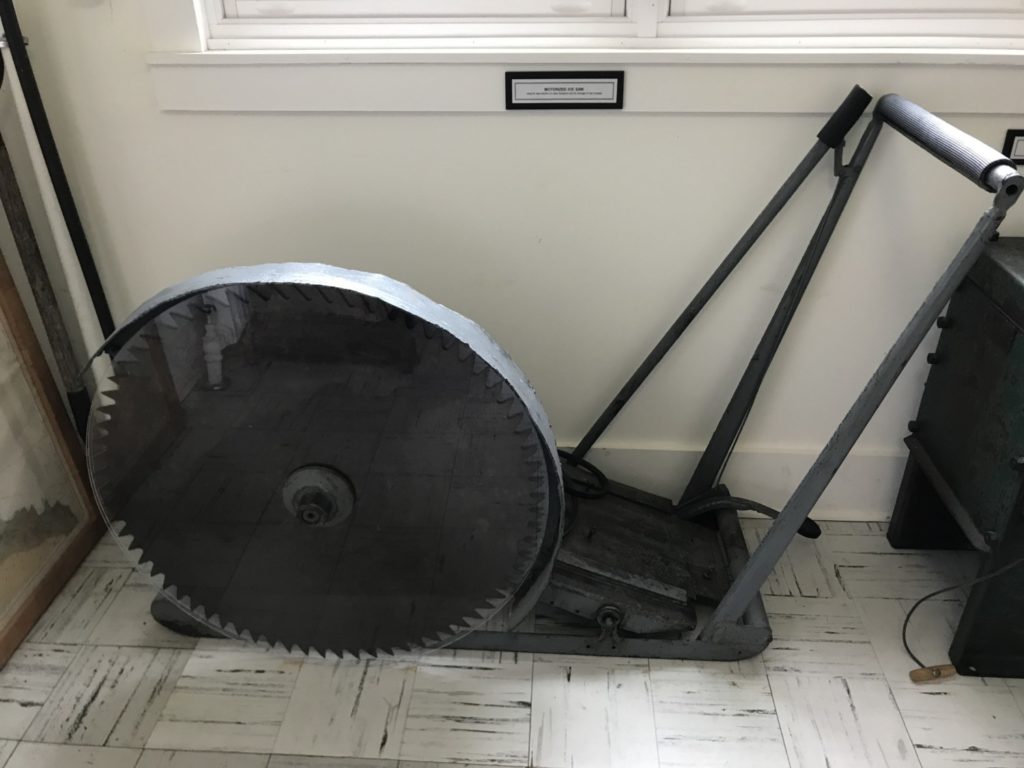
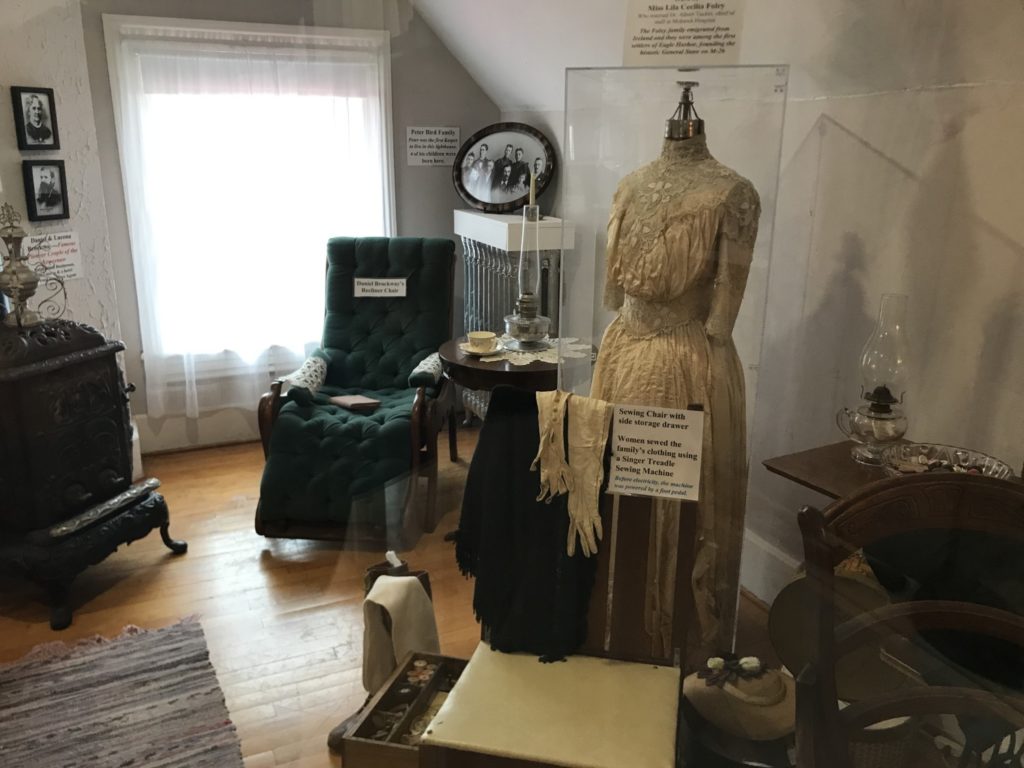

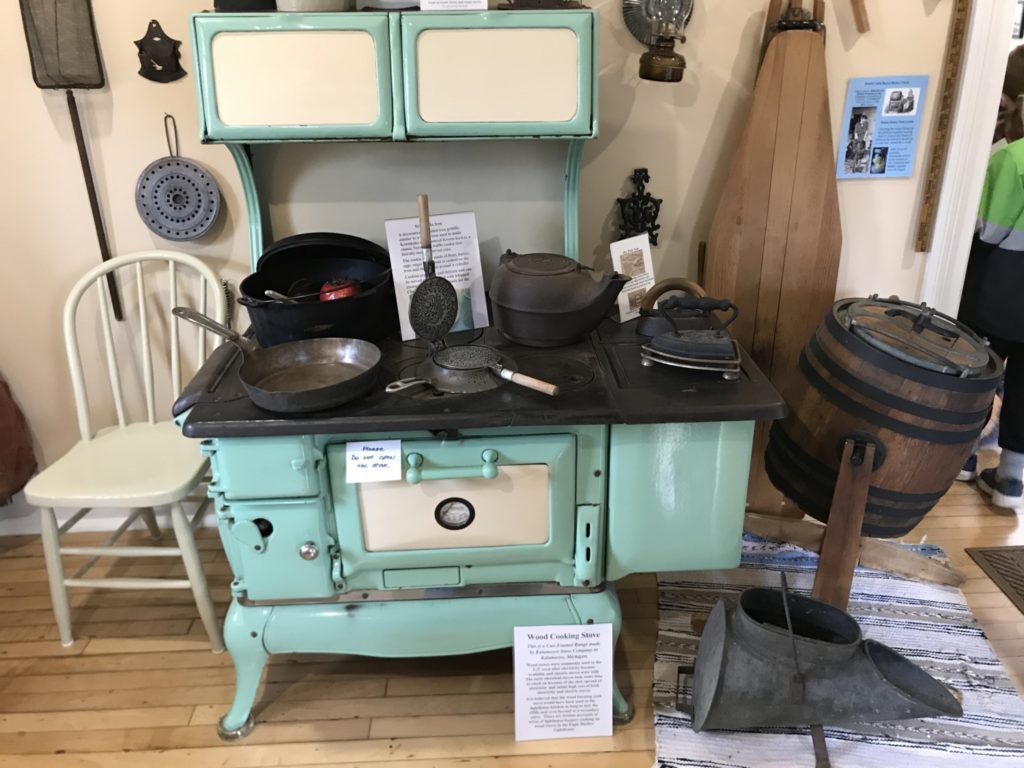
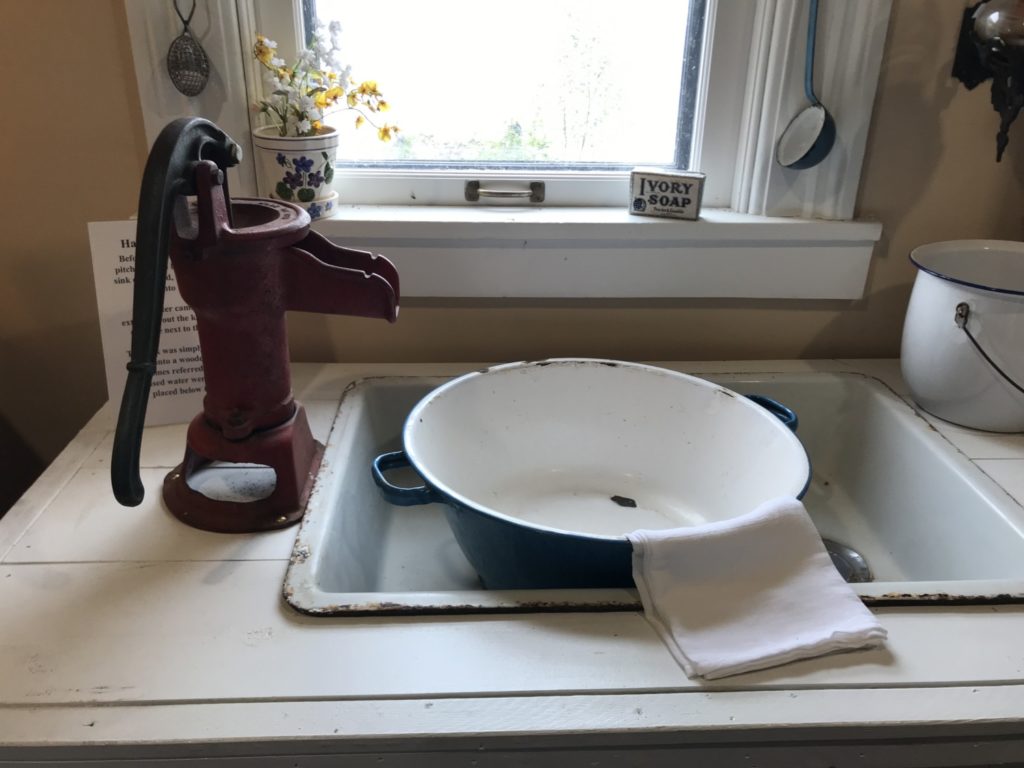
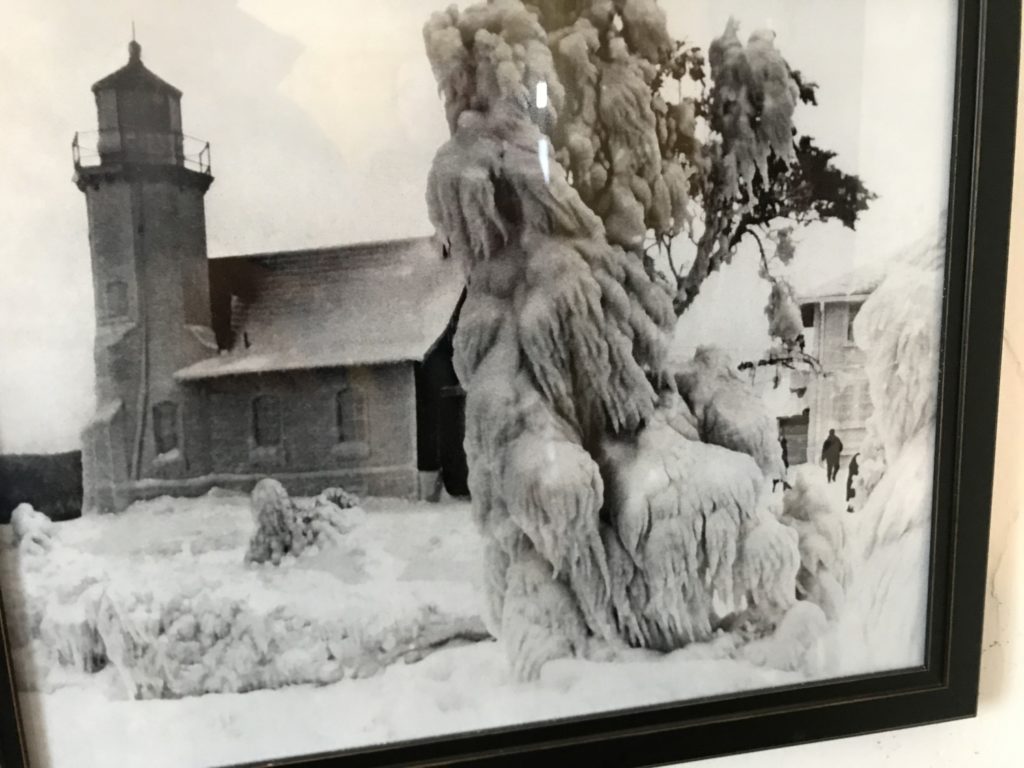
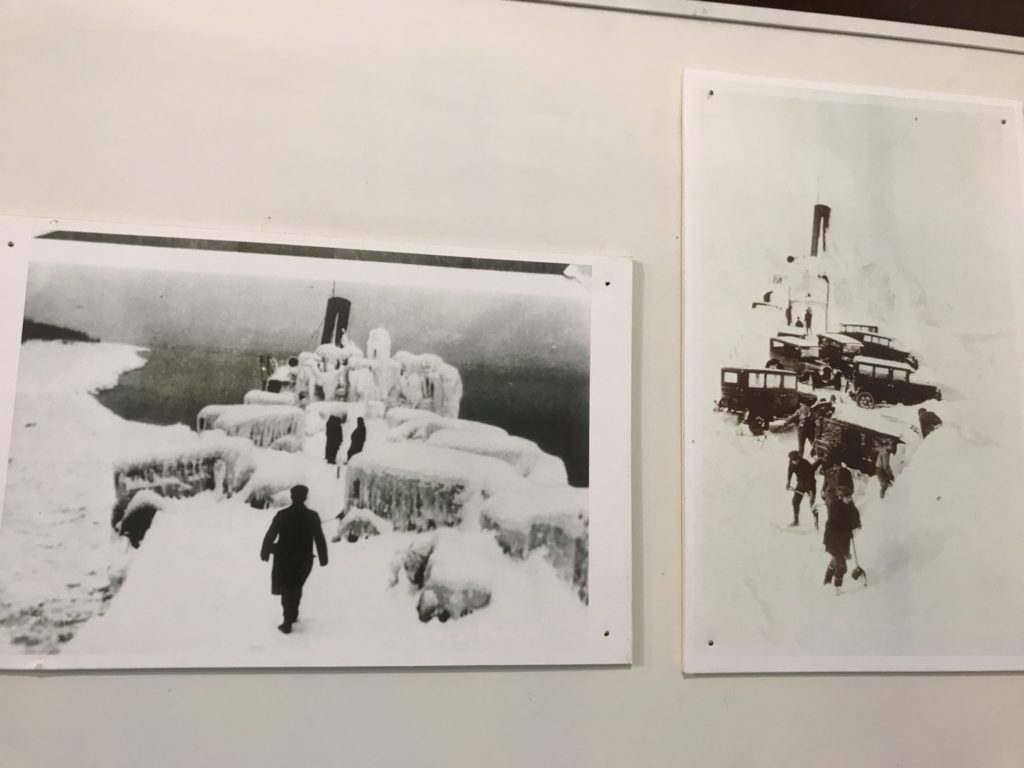
I remember vacationing in Eagle Harbor in the late 1940’s in a tiny cabin near the lighthouse. Waking in the morning to thick fog and the fog horn blasting was how we started almost every day.
Both my parents were native Yoopers, growing up in Calumet and Laurium. My Mom graduated from Dollar Bay high school.
Sounds like you have lots of good memories of Eagle Harbor. Thanks for sharing!